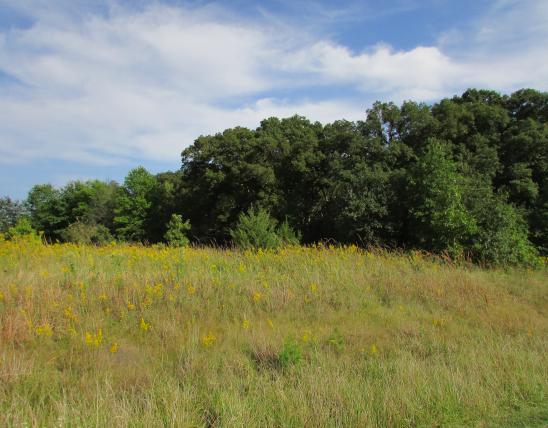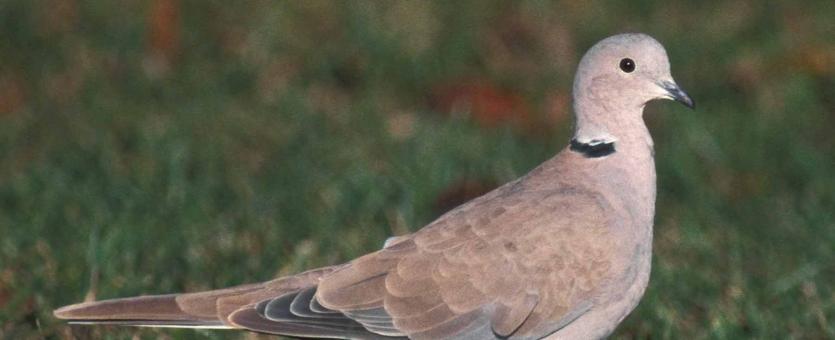
At first glance, the Eurasian collared-dove looks like a chunky, pale gray mourning dove. Overall color is a chalky or grayish tan, with whitish patches at the end of the tail. Primaries are dark, contrasting with the lighter-colored inner part of the wing; even at rest, the dark wingtips are noticeable. Undertail coverts are gray, and the tail is square-tipped. There is a black crescent “collar” on the upper back (not a complete "ring"). Song a three-parted “coo-coo-cook” or “coo-COO-coo,” often repeated incessantly; call a raspy, nasal, descending “heeeewww.”
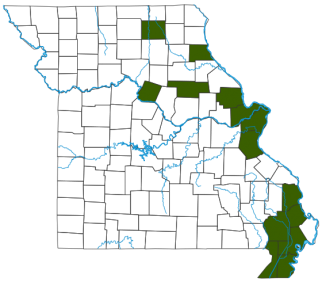
Habitat and Conservation
Food
Status
Life Cycle
Human Connections
Ecosystem Connections
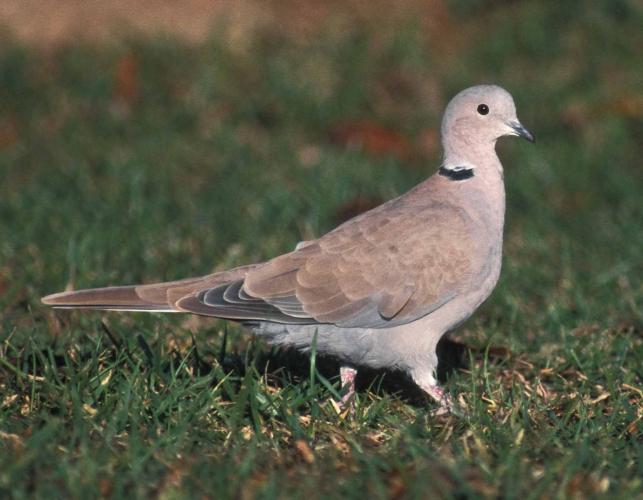
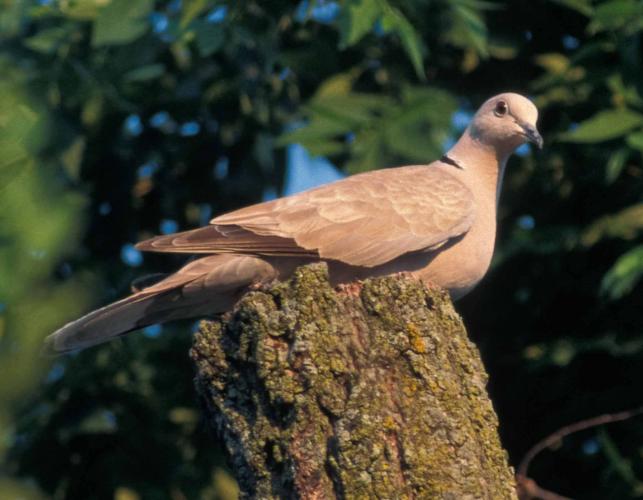
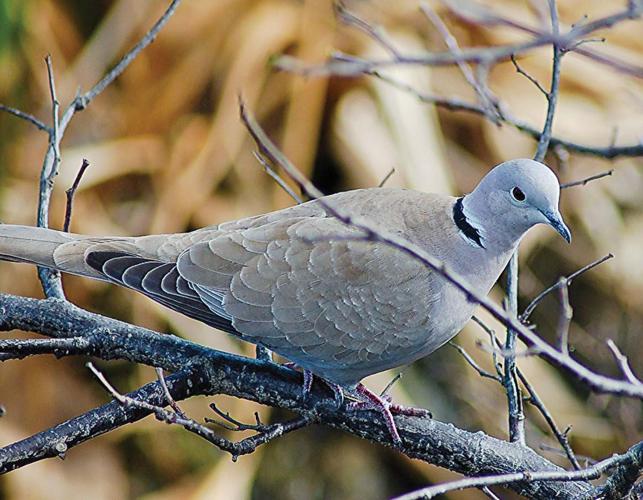
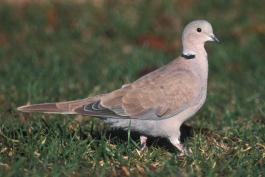
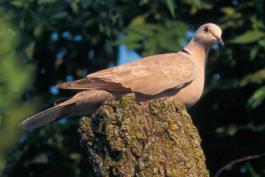
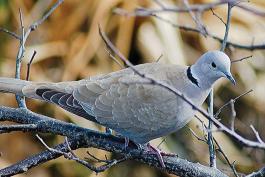
Where to See Species
About 350 species of birds are likely to be seen in Missouri, though nearly 400 have been recorded within our borders. Most people know a bird when they see one — it has feathers, wings, and a bill. Birds are warm-blooded, and most species can fly. Many migrate hundreds or thousands of miles. Birds lay hard-shelled eggs (often in a nest), and the parents care for the young. Many communicate with songs and calls.






















